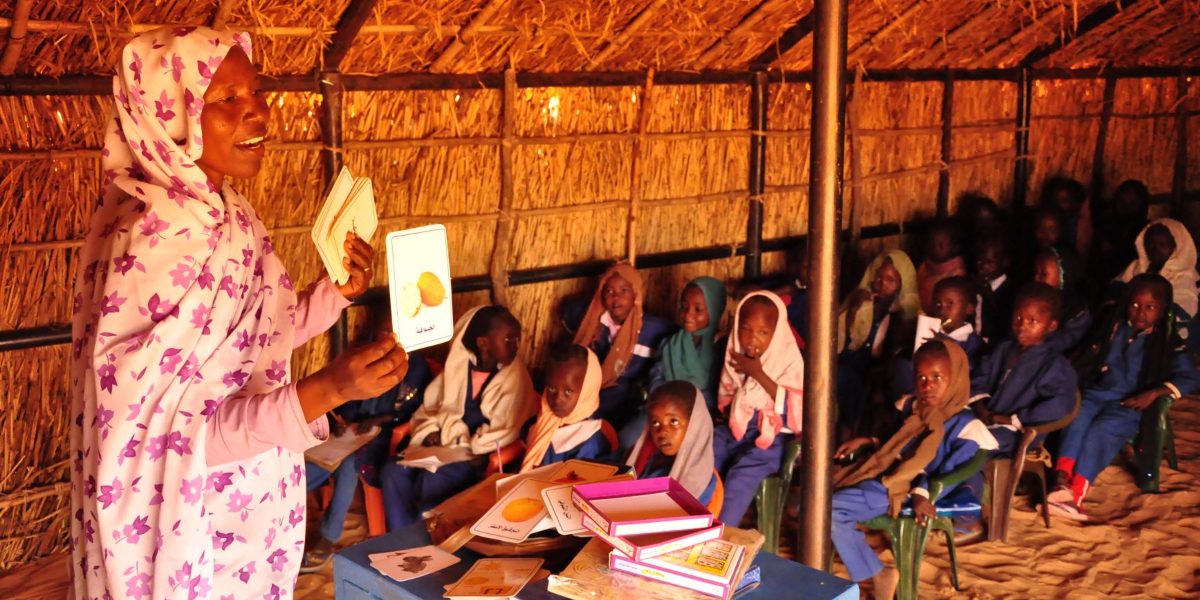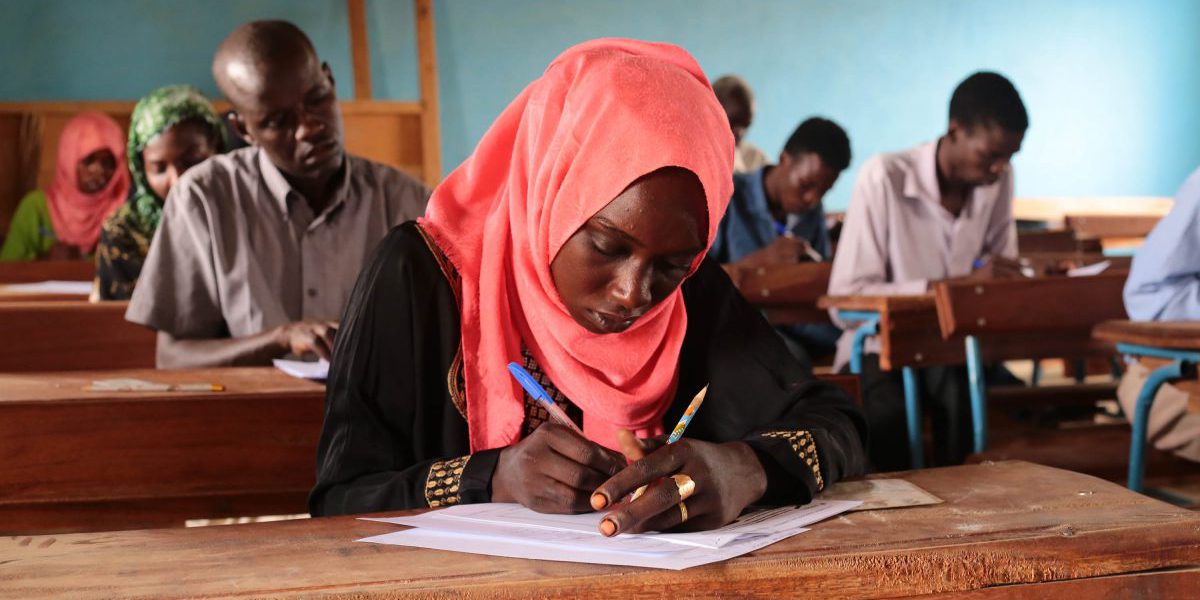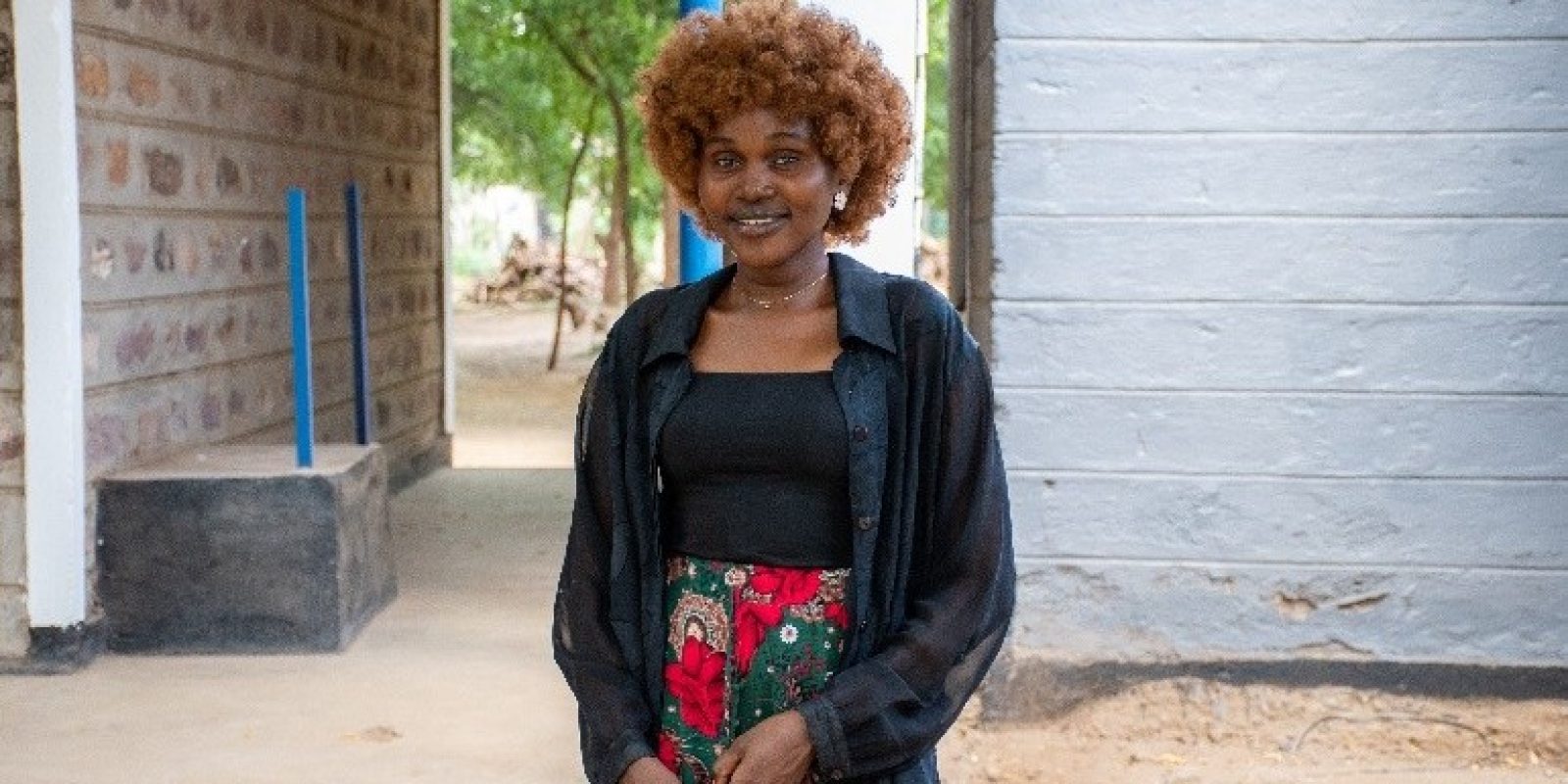Kenya: Tackling the barriers to girl’s education
26 March 2019

“I realized that being born a woman is not a problem. For the first time I realized that God has a plan for my life, as a woman. I just have to live up to my dreams.” This is a reflection Grace gave during a recent workshop for refugee students hosted by the Jesuit Refugee Service (JRS) in Nairobi, Kenya. The workshop brings together students so they can share the challenges they face as young refugees and attempt to find solutions. Girls have to overcome unique obstacles to access education, and one of the insights from the workshop was that solutions must begin with the girls themselves. Change rests upon their ability to envision a different future for themselves.
Despite education being recognized as a human right, it remains elusive for most refugee children. According to a report published by JRS USA, refugee girls are especially underrepresented in education. Globally, there are 7.4 million school-age refugee children, of which half are female. Girls are 2.5 times more likely to be out of school than boys.
To address this imbalance, JRS applies an affirmative action approach when recruiting for its education programs. In Nairobi, Kenya, JRS currently provides support to 66 refugee students in secondary and post-secondary education. Post-secondary education includes formal university training, but also professional training like nursing, computer classes, and accounting. Of the 54 students enrolled in secondary school, 35 are girls. By comparison, only 4 of the 12 students in post-secondary classes are girls. There are fewer girls in post-secondary because of the Kenya Certificate of Secondary Education (KCSE) exam which determines admission to public universities. Balancing their studies with household chores and pressures from their families to get married only add to the difficulty when taking the exam. Refugee girls who manage to secure admission to university are still few and far between.
JRS’s efforts to include girls are is an important first step in addressing the gender imbalance, but it is not enough to solve problem. Prevailing social and cultural norms and beliefs about gender within refugee communities are also important factors that hold them back. In many places, parents and societies hold negative views about the education of women or see little value in it.
Catherine from South Sudan was 13 when she decided to run away from home. Her father wanted to marry her to a much older man, and she feared it would ruin any chances she had of getting an education. With the help of her cousins, she managed to cross the border into Kenya and settled in Kakuma refugee camp. There, she enrolled in primary school and, upon completion, moved to Nairobi to continue her studies in secondary school. Now at 23, she is determined to continue her studies until she achieves her dreams of becoming a lawyer.
Although parents are often forced to prioritise the education of boys due to limited resources, this is not always the case. Hope, 17 years from South Sudan, lacked the means to go to school. “In my family, there is no money for girls’ education, only my brothers have the right to go to school.” She came to JRS because she had no other options. “Without this scholarship, I have no hope. I will be given into marriage just as it happened to my mother and my elder sisters. But I don’t want to get married yet. I really want to go to school. I want to become a lawyer.”
Addressing the problem of gender imbalance in refugee education calls for a multipronged approach that targets resource mobilization and gender sensitive planning. As the policy brief states, meaningful change will take place only when concerted efforts are deployed to tackle the mentalities and social norms that stand in the way of girls’ education. Until communities begin to value equally the education of girls and boys, girls’ dreams of better life will remain unfulfilled through to the next generation.
All names have been changed to protect the identity of individuals.


